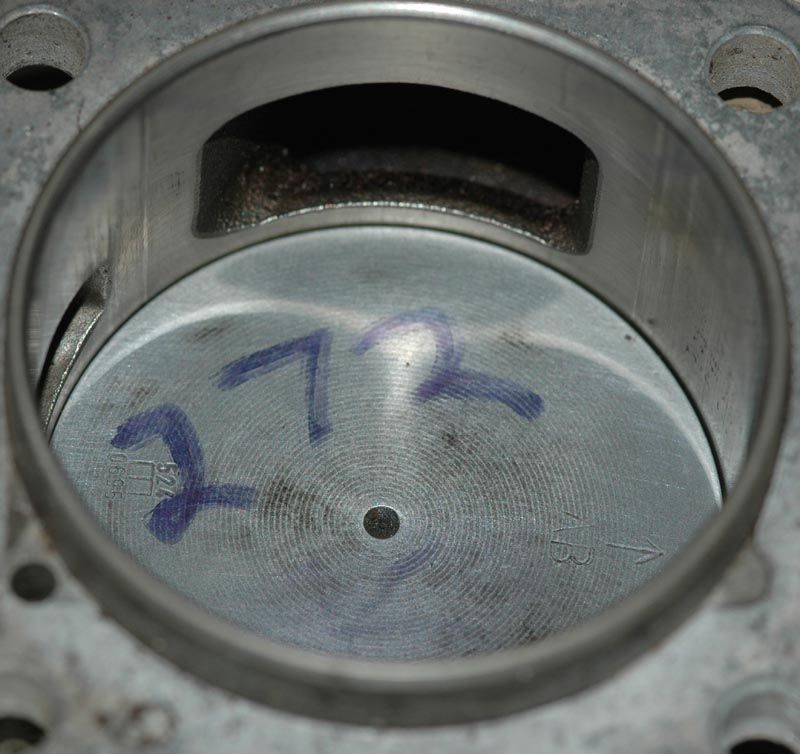Gypo Logger
Timber Baron
Now that I have ported a few saws, namely 020 (2), 044 (1), 026 (3), 372 (2), 262 (1), 980 (1) and a 385 which I finished today, I wanted to share with you some of the basic tricks of the trade that will help you with the gains you have all been looking for.
Firstly, lets talk about the cutting of the port. Clean the cylinder as best you can with lacquer thinner and then hot soapy water and rinse and dry.
Then spray the inside of the cylinder walls with machinist Dikam, which is basicly a blue ink. Then mark the cyl. to the specs you want.
Carbide cutters are the best for rough cutting. Using the shortest shank cutter possible for the job will ensure more control. Port flow is just as important as the amount of material you move, so try to make steady and precise cuts as possible.
It's best to leave about .5 mm for clean up, leveling and polish work. You can always remove metal, but you can't put it back on.
Using slower cutting speeds is best so that the aluminum doesn't heat up and develope hard spots that will be hard to even out later.
In our next discussion of porting we will detail how best to accomplish basic leveling of the rough cutting.
Yours to Happy Porting!
John
Firstly, lets talk about the cutting of the port. Clean the cylinder as best you can with lacquer thinner and then hot soapy water and rinse and dry.
Then spray the inside of the cylinder walls with machinist Dikam, which is basicly a blue ink. Then mark the cyl. to the specs you want.
Carbide cutters are the best for rough cutting. Using the shortest shank cutter possible for the job will ensure more control. Port flow is just as important as the amount of material you move, so try to make steady and precise cuts as possible.
It's best to leave about .5 mm for clean up, leveling and polish work. You can always remove metal, but you can't put it back on.
Using slower cutting speeds is best so that the aluminum doesn't heat up and develope hard spots that will be hard to even out later.
In our next discussion of porting we will detail how best to accomplish basic leveling of the rough cutting.
Yours to Happy Porting!
John






